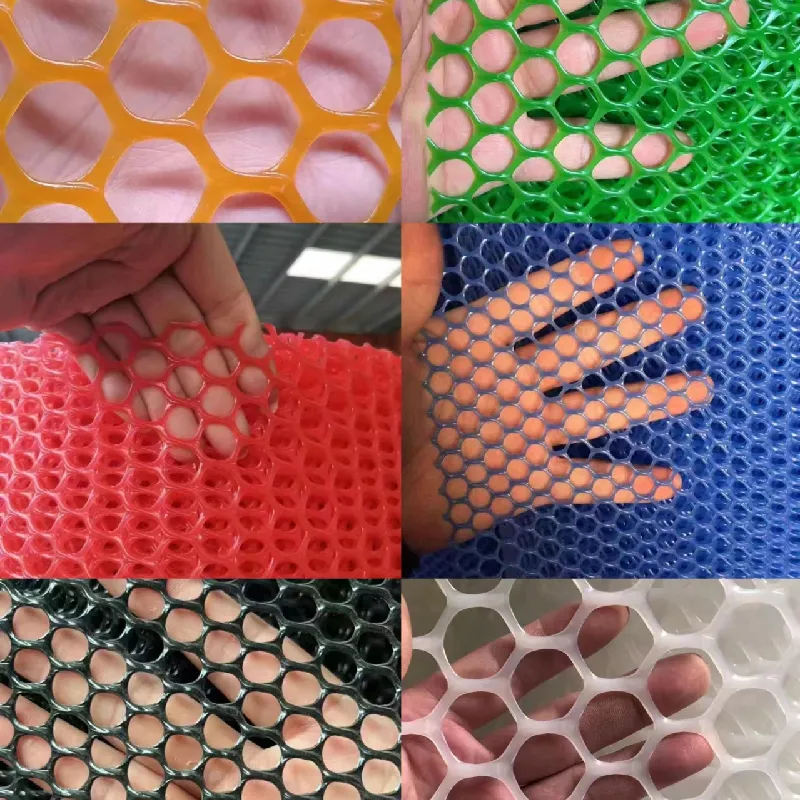-
 Afrikaans
Afrikaans -
 Albanian
Albanian -
 Amharic
Amharic -
 Arabic
Arabic -
 Armenian
Armenian -
 Azerbaijani
Azerbaijani -
 Basque
Basque -
 Belarusian
Belarusian -
 Bengali
Bengali -
 Bosnian
Bosnian -
 Bulgarian
Bulgarian -
 Catalan
Catalan -
 Cebuano
Cebuano -
 China
China -
 Corsican
Corsican -
 Croatian
Croatian -
 Czech
Czech -
 Danish
Danish -
 Dutch
Dutch -
 English
English -
 Esperanto
Esperanto -
 Estonian
Estonian -
 Finnish
Finnish -
 French
French -
 Frisian
Frisian -
 Galician
Galician -
 Georgian
Georgian -
 German
German -
 Greek
Greek -
 Gujarati
Gujarati -
 Haitian Creole
Haitian Creole -
 hausa
hausa -
 hawaiian
hawaiian -
 Hebrew
Hebrew -
 Hindi
Hindi -
 Miao
Miao -
 Hungarian
Hungarian -
 Icelandic
Icelandic -
 igbo
igbo -
 Indonesian
Indonesian -
 irish
irish -
 Italian
Italian -
 Japanese
Japanese -
 Javanese
Javanese -
 Kannada
Kannada -
 kazakh
kazakh -
 Khmer
Khmer -
 Rwandese
Rwandese -
 Korean
Korean -
 Kurdish
Kurdish -
 Kyrgyz
Kyrgyz -
 Lao
Lao -
 Latin
Latin -
 Latvian
Latvian -
 Lithuanian
Lithuanian -
 Luxembourgish
Luxembourgish -
 Macedonian
Macedonian -
 Malgashi
Malgashi -
 Malay
Malay -
 Malayalam
Malayalam -
 Maltese
Maltese -
 Maori
Maori -
 Marathi
Marathi -
 Mongolian
Mongolian -
 Myanmar
Myanmar -
 Nepali
Nepali -
 Norwegian
Norwegian -
 Norwegian
Norwegian -
 Occitan
Occitan -
 Pashto
Pashto -
 Persian
Persian -
 Polish
Polish -
 Portuguese
Portuguese -
 Punjabi
Punjabi -
 Romanian
Romanian -
 Russian
Russian -
 Samoan
Samoan -
 Scottish Gaelic
Scottish Gaelic -
 Serbian
Serbian -
 Sesotho
Sesotho -
 Shona
Shona -
 Sindhi
Sindhi -
 Sinhala
Sinhala -
 Slovak
Slovak -
 Slovenian
Slovenian -
 Somali
Somali -
 Spanish
Spanish -
 Sundanese
Sundanese -
 Swahili
Swahili -
 Swedish
Swedish -
 Tagalog
Tagalog -
 Tajik
Tajik -
 Tamil
Tamil -
 Tatar
Tatar -
 Telugu
Telugu -
 Thai
Thai -
 Turkish
Turkish -
 Turkmen
Turkmen -
 Ukrainian
Ukrainian -
 Urdu
Urdu -
 Uighur
Uighur -
 Uzbek
Uzbek -
 Vietnamese
Vietnamese -
 Welsh
Welsh -
 Bantu
Bantu -
 Yiddish
Yiddish -
 Yoruba
Yoruba -
 Zulu
Zulu
Exploring the Benefits and Applications of GFRP Mesh in Modern Construction Practices
The Versatility of GFRP Mesh in Modern Construction
Glass Fiber Reinforced Polymer (GFRP) mesh has emerged as a game-changing material in the construction industry, particularly in applications requiring durability, strength, and resistance to environmental challenges. GFRP, a composite material made from glass fibers embedded in a polymer matrix, offers unique properties that elevate its functionality beyond traditional materials like steel and concrete.
One of the most significant advantages of GFRP mesh is its incredible strength-to-weight ratio. Compared to traditional materials, GFRP is much lighter, making it easier to handle and install. This lightweight nature does not compromise its strength; in fact, GFRP mesh can withstand substantial loads, making it an excellent alternative for reinforcing structures. Its superior tensile strength means that it can support more weight with less material, which is particularly advantageous in high-performance applications.
.
Moreover, GFRP mesh exhibits excellent resistance to electromagnetic interference, which makes it beneficial for use in scientific and industrial settings where electronic equipment is in use. This property also allows architects and engineers to utilize it in constructing certain types of data centers and telecommunications infrastructures, where the presence of metallic materials could cause interference with operations.
gfrp mesh

Installation of GFRP mesh can streamline construction processes. It is often prefabricated, allowing for quicker assembly on site, which can reduce labor costs and project timelines. Its compatibility with existing materials and ease of integration into various construction methods means that GFRP can be used in a wide range of applications, from bridge reinforcement to precast concrete elements, structural applications in buildings, and even in civil engineering projects like retaining walls and road infrastructure.
GFRP mesh is also gaining traction in the realm of sustainable construction. The production of glass fiber and resins can be managed to reduce environmental impact, and the lightness of GFRP allows for more efficient transport and reduced energy consumption during construction. Furthermore, GFRP is often recyclable, adding another layer of sustainability to its profile. As the construction industry faces increasing pressure to adopt eco-friendly practices, incorporating GFRP mesh into projects can contribute to meeting these sustainability goals.
Finally, the aesthetic flexibility of GFRP mesh offers architects and designers the opportunity to innovate and create visually appealing structures. With advances in manufacturing, GFRP mesh can be produced in various shapes and colors, allowing for more creative freedom in design while maintaining the structural integrity of buildings and other infrastructures.
In conclusion, GFRP mesh represents a significant advancement in the materials available for modern construction. From its high strength-to-weight ratio and resistance to corrosion and electromagnetic interference to its ease of installation and innovative potential, GFRP mesh is proving to be a versatile and invaluable asset for engineers and architects alike. As the industry continues to explore sustainable practices and strives for long-lasting solutions, GFRP mesh stands out as a material poised to meet the demands of the future in construction.
-
Shipping Plastic Bags for Every NeedNewsJul.24,2025
-
Safety Netting: Your Shield in ConstructionNewsJul.24,2025
-
Plastic Mesh Netting for Everyday UseNewsJul.24,2025
-
Nylon Netting for Every UseNewsJul.24,2025
-
Mesh Breeder Box for Fish TanksNewsJul.24,2025
-
Expanded Steel Mesh Offers Durable VersatilityNewsJul.24,2025











